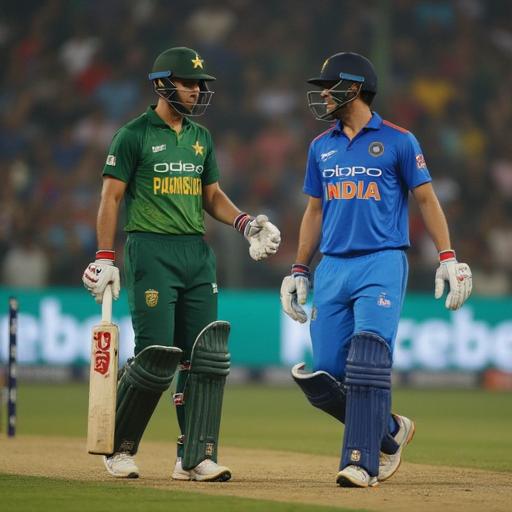Understanding the Complexities of the Indo-Pakistani Relationship

Unraveling the Knot: Understanding the Indo-Pakistani Relationship
The relationship between India and Pakistan, two South Asian giants, is a complex tapestry woven with threads of history, rivalry, and shared anxieties. From the partition of India in 1947 to the present day, their interactions have been marked by conflict and cooperation, often existing side-by-side. This article delves into the intricacies of this relationship, exploring the historical context, current issues, and potential avenues for a more peaceful future.
A Legacy of Conflict: The partition, born from the ashes of the British Raj, left an indelible mark on both nations. The ensuing disputes over territory, particularly Kashmir, ignited decades of conflict and mistrust, shaping the very fabric of their relationship. Recurring skirmishes and cross-border tensions have cast a long shadow over the region, hindering economic progress and regional stability.
Beyond the Border: The relationship isn’t solely defined by conflict. Cultural exchanges, trade opportunities, and shared regional challenges sometimes push the nations towards collaboration. However, deep-seated mistrust often undermines these efforts, creating a perpetual cycle of tension. Understanding these dynamics is crucial to finding a path toward a more positive future for both countries.
Navigating the Challenges: Current Issues
The unresolved Kashmir issue remains a major stumbling block, with claims and counter-claims continuing to fuel animosity. Cross-border terrorism and espionage activities add further layers of complexity. Additionally, economic disparities and geopolitical rivalries contribute to a tense environment.
Looking Towards a Brighter Future: Despite the challenges, there are reasons for cautious optimism. Increasing people-to-people contact, particularly in the realm of culture and business, can help break down stereotypes and foster a greater understanding of each other. Finding common ground on regional issues, such as terrorism and climate change, could pave the way for a more collaborative relationship. Active diplomacy, facilitated by neutral actors, plays a key role in promoting dialogue and seeking mutually beneficial solutions.
The Path Forward: Overcoming the historical baggage and addressing present issues requires a concerted effort from both sides. Building trust, promoting dialogue, and addressing the concerns of both nations are essential steps towards a more peaceful and prosperous future for South Asia. This journey, while arduous, is vital for the region’s progress and security.
Conclusion: The Indo-Pakistani relationship is a complex and multifaceted issue. It demands a nuanced approach, acknowledging the historical context, the present-day concerns, and the potential for future cooperation. Understanding the underlying complexities is crucial for creating a more peaceful and prosperous future for both nations and the wider region.